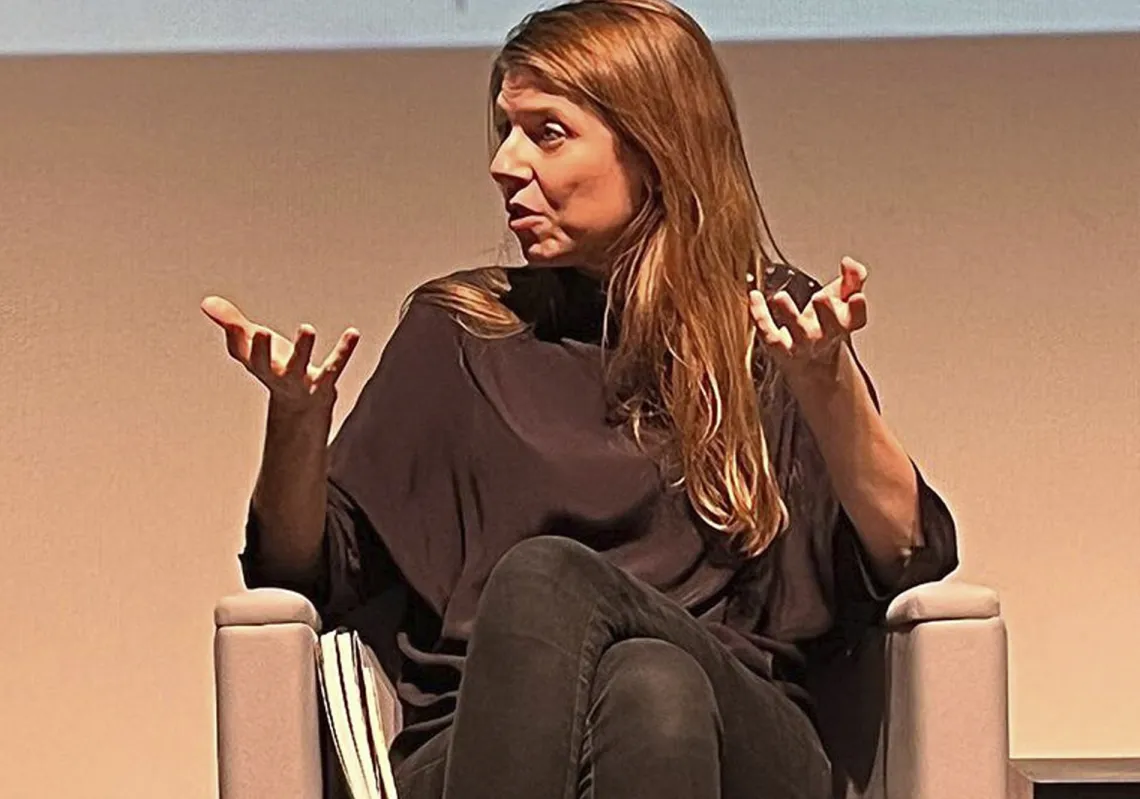 Iranian President Mahmoud Ahmadinejad smiles as he meets his Pakistani counterpart during a meeting on February 27, 2013 in Tehran. (AFP PHOTO/ATTA KENARE)[/caption]President Mahmoud Ahmadinejad and his faction are preparing for their biggest political fight ever. This time, Ahmadinejad will not face off against the Green reformist opposition movement, but will be squarely confronting Iran’s Supreme Leader, Ayatollah Ali Khamenei. The stakes are high, and each side promises to fight to the bitter end.
Iranian President Mahmoud Ahmadinejad smiles as he meets his Pakistani counterpart during a meeting on February 27, 2013 in Tehran. (AFP PHOTO/ATTA KENARE)[/caption]President Mahmoud Ahmadinejad and his faction are preparing for their biggest political fight ever. This time, Ahmadinejad will not face off against the Green reformist opposition movement, but will be squarely confronting Iran’s Supreme Leader, Ayatollah Ali Khamenei. The stakes are high, and each side promises to fight to the bitter end.
The crux of the conflict is the insistence of Ahmadinejad’s faction that someone from their bloc be allowed to run as a candidate in the presidential elections scheduled for June 14. Due to constitutional limits, Ahmadinejad cannot serve more than two consecutive terms.
Nonetheless, the incumbent president wants to stay on the political stage and has clearly concluded that his fortunes are best served if someone close to him can remain in the presidential palace. This would also leave the door open for Ahmadinejad to return to the presidency in 2017, when he can run again.
There are two major obstacles in Ahmadinejad’s path. First, his faction needs to be able to enter the election contest. Second, they need to have a popular message for a highly skeptical electorate. On both accounts, the Ahmadinejad bloc faces an uphill struggle.
In Iran’s political system, all political candidates have to be approved by the twelve-member Guardian Council. This unelected body answers only to Ayatollah Ali Khamenei. In other words, without Khamenei’s approval, candidates close to Ahmadinejad cannot even join the race for the presidency.
There are no signs that Khamenei wants to see Ahmadinejad and his faction remain in power any longer than necessary. Despite the fact that Khamenei effectively saved Ahmadinejad in the 2009 elections by systematically repressing the anti-Ahmadinejad Green movement, the president never repaid the debt.
Not only has Ahmadinejad repeatedly challenged Khamenei by ignoring his publicly stated commands, he is now threatening to unleash an ‘Iranian Spring’ if Khamenei stands in the way of the Ahmadinejad’s faction fielding a candidate in the June elections. By evoking the notion of an Iranian Spring, Ahmadinejad is not–so–subtly threatening Khamenei with a popular revolt akin to those recently experienced in the Arab world.
However, even if Khamenei agreed to let someone close to Ahmadinejad run in the June elections, the challenge of appealing to the voters remains. The rhetoric from the Ahmadinejad camp suggests it would seek to repeat the slogans of the 2005 election, promising to tackle corruption and bring more of the profits from Iran’s oil exports to the tables of Iranian households.
The problem for the incumbent president and his people is that they have made these promises before and failed to deliver. Not only have some of his own associates been implicated in corruption scandals, including a USD 2.6 billion banking embezzlement case in 2011, but the poor have arguably not fared any better during Ahmadinejad’s eight years in office than in the past. That is despite the fact that the Ahmadinejad government received USD 630 billion in oil export revenue between 2006 and 2011 alone.
In other words, even if the Ahmadinejad camp managed to have a candidate approved to run in June, there would be the very tall order of looking the public in the eye and telling them something convincing. That will not be easy by any stretch of the imagination.









